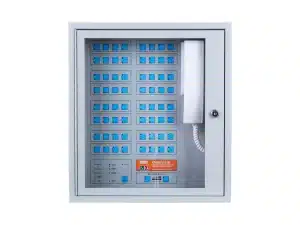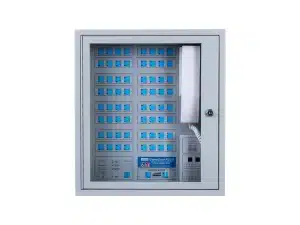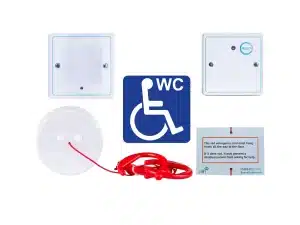At Baldwin Boxall, our Fire Telephone Systems transcend the conventional, serving as pivotal communication channels during emergencies. Designed to facilitate seamless communication among fire personnel, these systems go beyond mere evacuation tools.
Commonly recogniSed as Type A outstations in compliance with BS5839-9:2011 standards, our Fire Telephones play a crucial role in emergency scenarios. Going beyond the standard, we take pride in manufacturing two cutting-edge systems: CARE2 and Omnicare. These systems seamlessly integrate into Emergency Voice Communication (EVC) frameworks, ensuring a comprehensive safety infrastructure.
Our commitment to excellence is evident in the precision engineering of our Fire Telephone Systems, providing reliable, efficient, and user-friendly solutions for emergency communication needs. Trust Baldwin Boxall to not just meet industry standards but to exceed them, safeguarding lives and property with every installation.




Emergency Voice Communication
Introducing OmniCare, OmniCarePLUS and CARE2: The Ultimate All-in-One EVC System Solutions.
OmniCarePLUS makes it possible to install especially large Disabled Refuge/Fire Telephone Emergency Voice Communication (EVC) systems with up to 2,048 outstations on a single loop-wired system.
Safe & Compliant

BS5839-9 is a code of practice for those who install, maintain and commission EVC systems, giving guidance on how to install an effective system as part of a fire detection and alarm system covering all components including wireless.

BS8300-2 is a BSI Standards Publication code of practice providing guidance on inclusive and accessible design of buildings and the spaces within them to ensure an accessible and inclusive environment.

BS9999 is a BSI Standards Publication providing guidance for fire safety in the design, management and use of buildings. It includes the provision of evacuation methods and placement of EVC systems.
The EVC System


Emergency Voice Communication systems encompass a variety of different components. These include:

Fire Telephone
Type A outstations (telephone handset) which enable direct communication between the central control point and various locations within a building or building complex, enabling effective co-ordination during fire emergencies. Can also be used as a DRS point.

Disabled Refuge (DRS)
Type B outstations (handsfree), which serve as communication points specifically designed for mobility-impaired individuals seeking refuge and requiring evacuation assistance during emergencies.

Combined DRS & Fire Telephone
Type C outstations provide the ability for two types of communication from a single location.
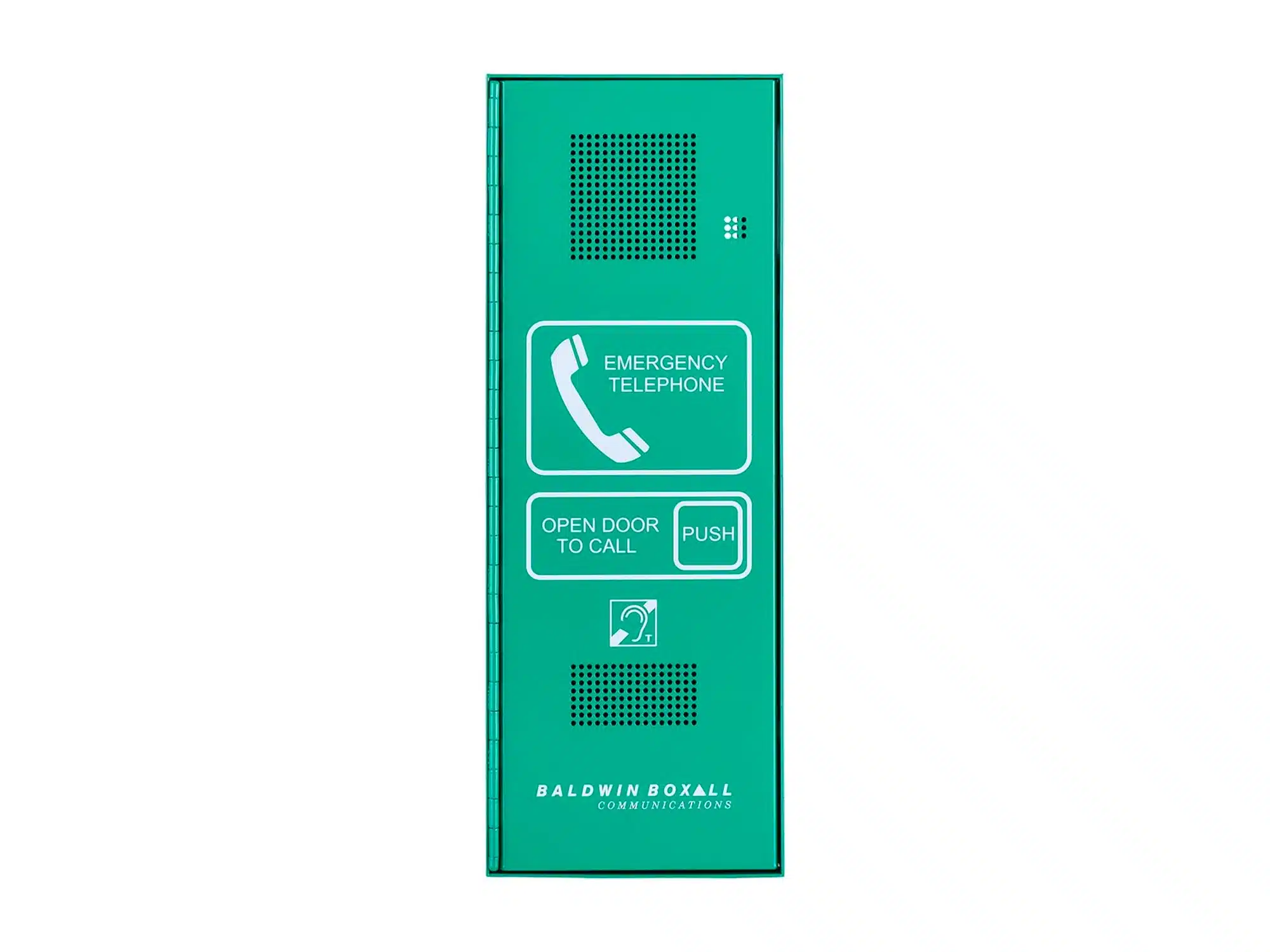
Emergency/Steward Telephone
Type A outstations, similar to the fire telephone, the emergency/steward telephone facilitates communication between the central control point and designated emergency personnel or stewards responsible for managing safety during emergency situations. Typically used in stadia.

Roaming Telephones
Mobile 'plug-in' telephone handsets provide communication capabilities within a building or complex, allowing authorised personnel to stay connected and coordinate response efforts effectively.
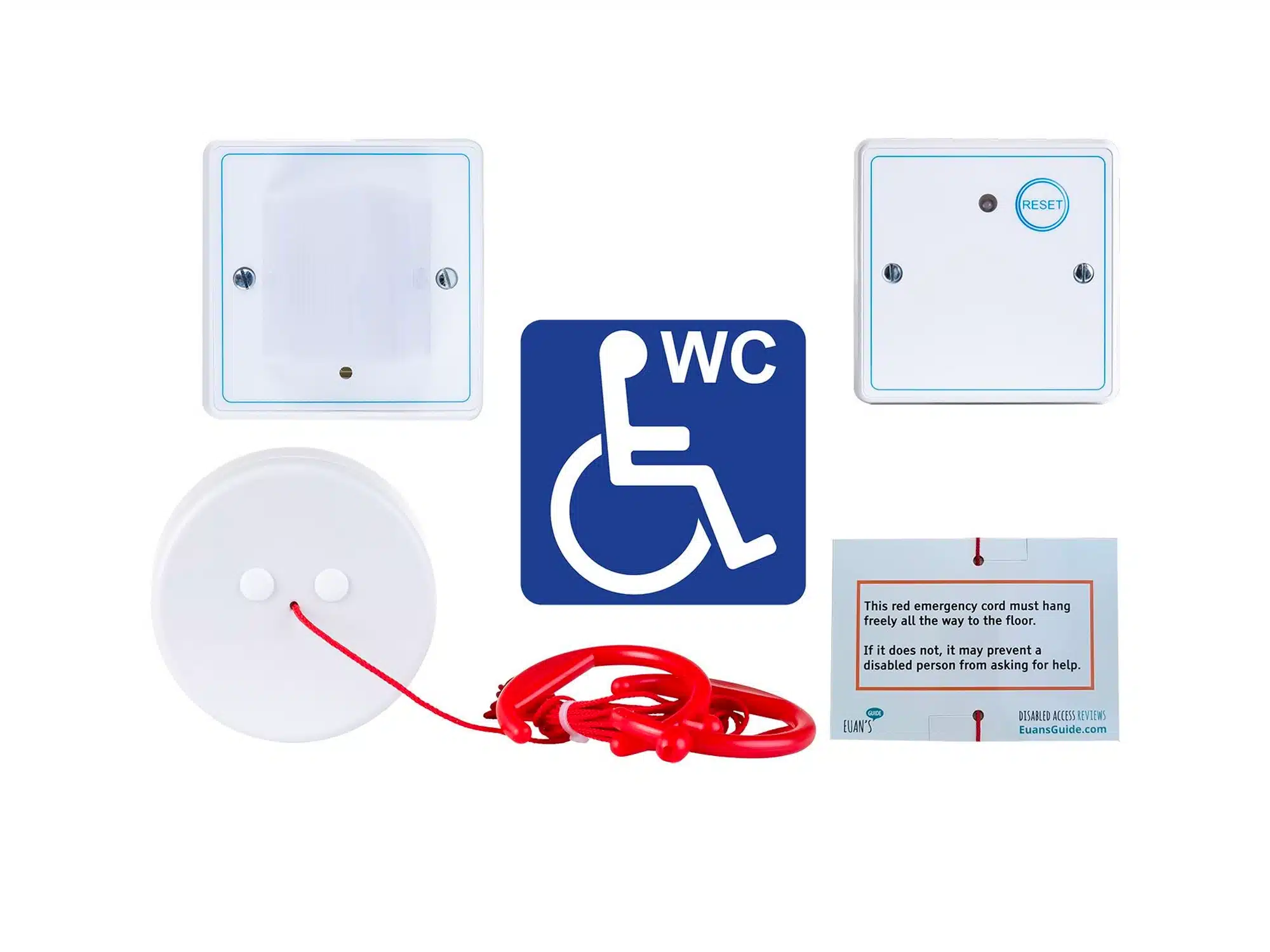
Emergency Assistance Alarms
Also referred to as 'Toilet Alarms', an added benefit of some EVC systems, enable persons to call for help from within a cubicle or similar area.
Emergency Assistance Products
Emergency Assistance Alarm kit for our DTA4 control panel and OmniCare & CARE2 EVC systems. Available in white or brushed stainless steel finishes. 3-part kit with adhesive WC sign.
Single-way, stand-alone toilet alarm kit. Available in white or brushed stainless steel. The 4-part kit includes control panel, over-door light, pull cord, reset switch and adhesive WC sign.
Why is EVC needed?
Emergency Voice Communication systems serve several critical purposes, including:
- Compliance with National Standards and Building Codes - Installation of an EVC system ensures adherence to relevant regulations and standards, promoting the safety and well-being of building occupants.
- Controlled Evacuation Communication - EVC enables effective communication with emergency personnel within a building, aiding in the organised and controlled evacuation of occupants during emergencies.
- Occupant Assistance and Reassurance - EVC systems facilitate communication with all building occupants, providing essential guidance, assistance, and reassurance throughout emergency situations.
- Communication with Refuge Areas - EVC allows communication with occupants located in designated refuge areas, ensuring their safety and providing necessary instructions or updates.
EVC Intended Use
An Emergency Voice Communication System is intended for use by:
- Building or Complex Management - During the initial evacuation process, EVC systems assist building management in coordinating evacuation efforts and ensuring the safety of occupants.
- Fire & Emergency Services - EVC systems support the fire service during the evacuation process and provide ongoing communication after evacuation, facilitating effective response and minimising risks.
- Disabled/Physically Impaired Individuals - EVC systems prioritise the needs of disabled or physically impaired individuals, offering them a means of communication and assistance during emergencies.
In conclusion, an Emergency Voice Communication or EVC system plays a crucial role in enabling reliable communication among emergency personnel, occupants, and individuals with disabilities.
By implementing an EVC system, buildings can enhance safety measures, adhere to standards and regulations, and ensure effective communication during critical situations.
Looking for something?
Search our full database of downloads and documentation


